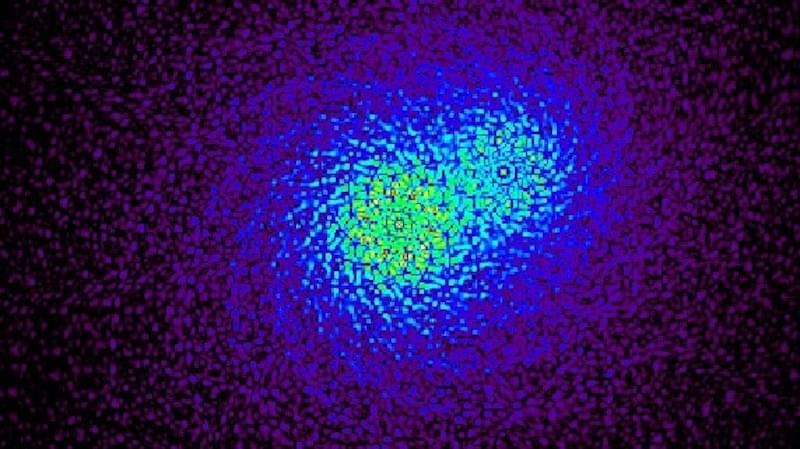More specifically, the diffractive pupil mirror pattern spreads starlight into a complex flower pattern. This makes it easier to show the fine detail needed to detect the small wobbles a planet would make in the star’s motion.
TOLIMAN fills an important niche in the study of exoplanets, searching for them around the very nearest stars. As has been noted, that task has actually been more difficult, so far, than finding planets around more distant stars. TOLIMAN will focus on detecting these worlds, if they are there. What will it find?
Bottom line: A new custom-designed space telescope mission called TOLIMAN will search for nearby habitable planets in the closest star system to Earth, Alpha Centauri.






